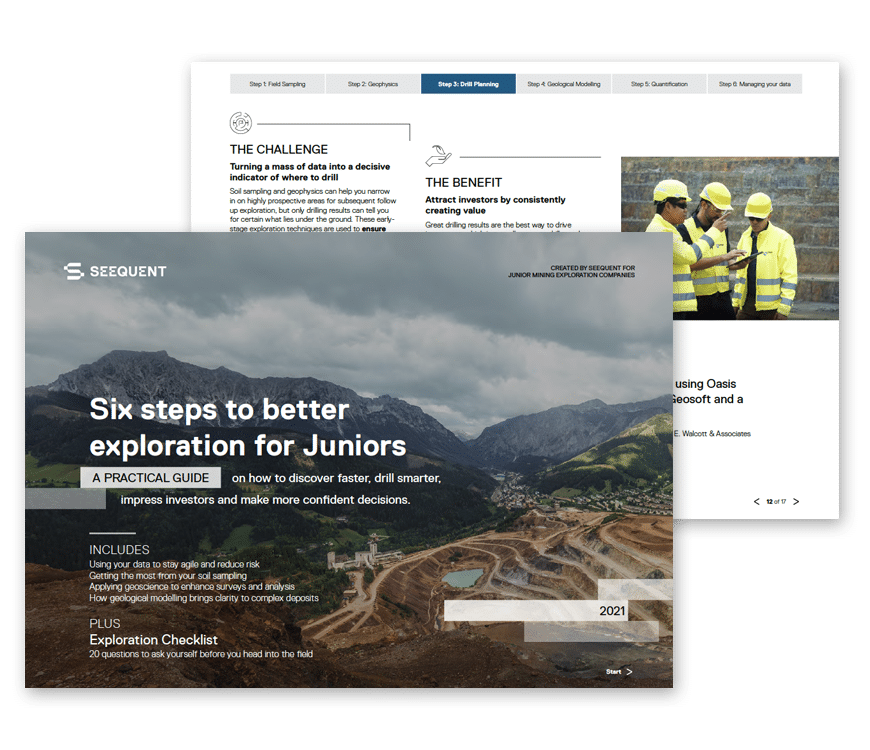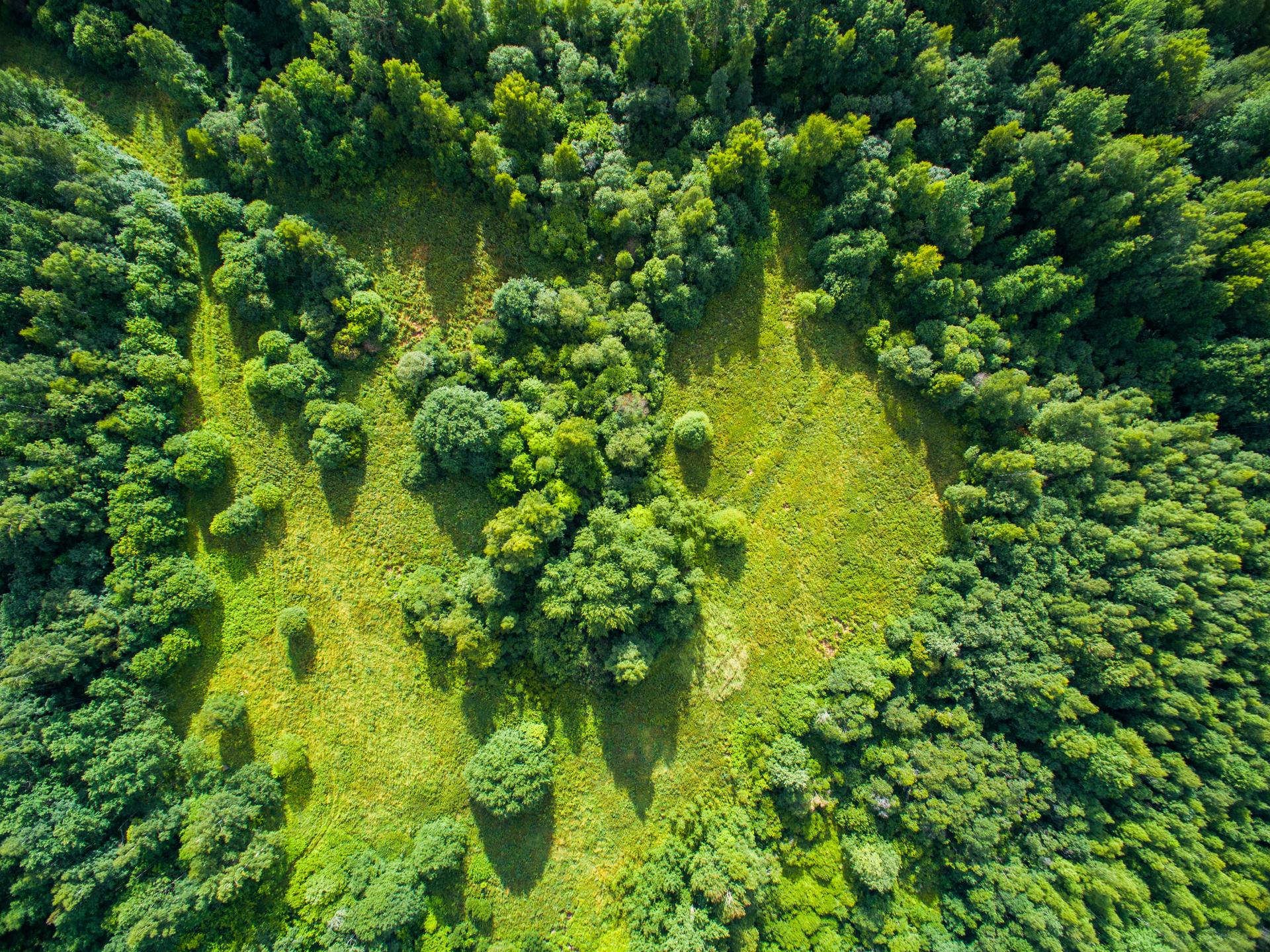The attainability of a climate neutral economy is argued by many. But regardless how feasible you think it may or may not be, mining will find itself under increasing scrutiny, and its effort to achieve sustainable exploration closely watched, as we approach 2050.
Can a different approach to data gathering help, asks Vinicius Duarte, Seequent Project Geologist.

Vinicius Duarte
Seequent Project Geologist
It should be clear to all by now that carbon neutrality has long passed the point of being just an issue of good practice, ethics, or stakeholder expectation. The social, economic and environmental impacts of ignoring the 2050 deadline for net zero emissions are chilling, and the potential damage to the biosphere and biodiversity enormous. Then there’s the small detail of perpetuating the human species and its future generations…
Over the last few years, mining and exploration have had to adapt and transform at different scales. We’ve seen changes in terms of technique and technologies used, but also in the way mining companies are required to develop sustainable production systems. Linked to this, increasingly strict laws and global agreements have led mining to review its concepts and implement new practices.
Considering the visibility of mining and exploration activity and mining companies themselves, the pressure for the industry to enhance its practices and achieve carbon neutrality is only going to grow. And grow inescapably.
Sustainability as a route to better business
Some may consider that the need to adapt can be a barrier to achieving production goals in the short to medium term. But I believe that it is, in fact, a great opportunity for the sector to achieve new technology levels, and for greener exploration to be at the forefront of issues associated with the environment and sustainable development.
To say that these changes will occur overnight is to be naive. It will require time, expense, and technical effort to modify an entire production system implemented and constituted for years. But it is equally true to say that many of the advances that will transform the pursuit of greener exploration can be just as effective in improving productivity, reducing costs, enabling your teams to work smarter, and ultimately driving profits.
For example, how can better use of data move the needle towards net zero while also bringing mining companies more agile, less expensive and better targeted exploration – and less risk?
Data’s role in enabling greener exploration
Well, when you keep your data in the Cloud, it becomes accessible to any team, at any time, without limit on location. Not only does that mean less travel – so reducing your carbon footprint – it also enables your people to collaborate more effectively and make decisions faster and in real time. This can both speed and simplify the exploration process, which in turns reduces environmental impact through better focused and less wasteful exploration.
The more detailed, up to date, holistic and insightful your geological models are, the better targeted your drilling can be, helping to reduce cost and aid sustainability. [Our forthcoming eBook on data and exploration looks at ways data can be mobilised more rapidly from the field, rig and coreshack to concentrate drilling on the sites with the most potential.]
Better storage of data reduces the need to re-drill in areas where exploration has already occurred. Similarly, being able to delve into historic data from a previous project owner – and unravel the competing formats – can prevent wastage of effort, energy and resources. The ability to have data correctly organised and versioned also allows for it to be passed between organisations more easily, to the benefit of everyone’s carbon footprint.
Finally, having data stored and well managed in the Cloud does one more thing – it unlocks the future. AI and advanced analytics are set to become invaluable in streamlining processes and optimising drill hole targeting, all of which will further the cause of sustainable exploration. But that can’t happen if the data isn’t in a good condition to begin with.
Moving mining forwards
Imagine a unique, fully integrated environment where you can search for the information you need, regardless of where you are, making dynamic connections across multiple platforms. New information arrives; your model is immediately updated.
Developing the tools and technologies that can do so, and so minimise the amount of travel, energy usage and infrastructure required at an exploration site will go a long way to reducing mining’s carbon footprint and towards better ESG governance. And this is exactly what will guarantee the health and sustainability of mining activity.






